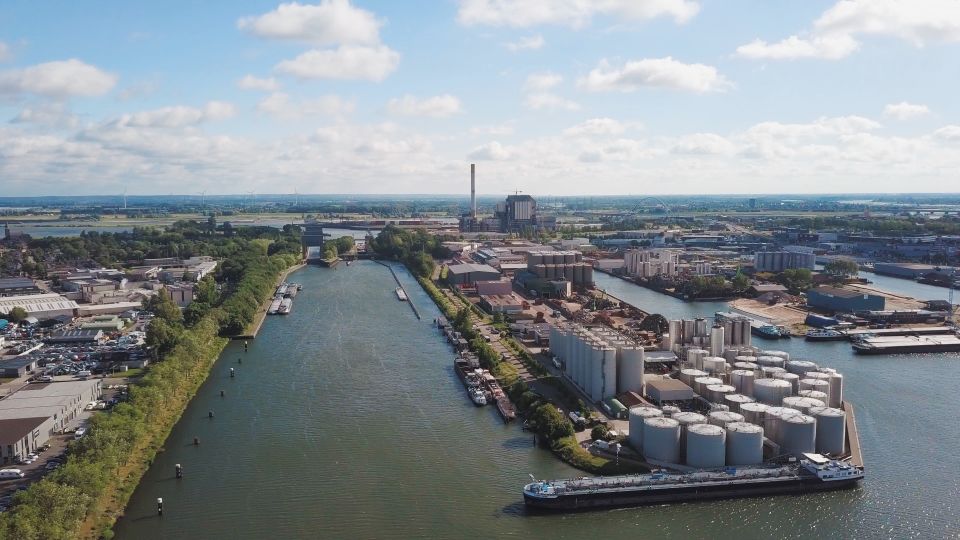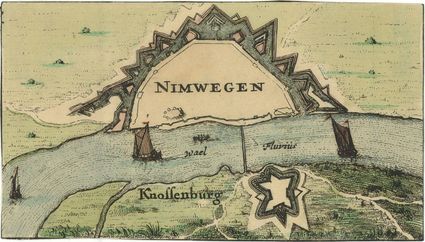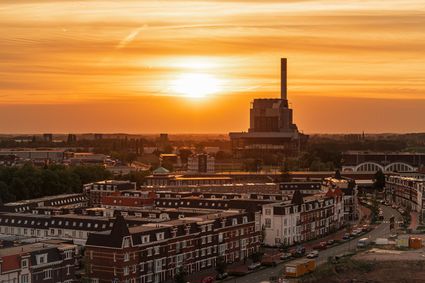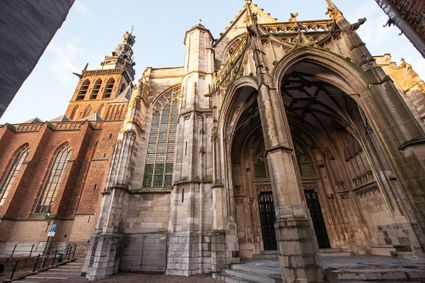Industrial city, the arrival of NV Philips
Nijmegen is bursting at the seams with historical stories, ranging from leading figures to ordinary people, from neighbourhoods to political events. The Canon of Nijmegen encompasses the most important stories about Nijmegen’s history. One of these stories tells the tale of the industrialisation of Nijmegen. “The Netherlands is industrialising!” was a very prominent post-war sentiment. Nijmegen experienced a wave of industrialisation which was unprecedented in its long history. The old idea of Nijmegen as a “residential city” and a tourist centre was a thing of the past.
1950: the start of the industrialisation and the arrival of Philips
In the 1950s, the municipality began giving out property for modern, “wet” industrial estates along the Maas-Waal canal. At the time, forty new companies settled in the city, attracted by local benefits like relatively low wages, cheap land, good infrastructure, and favourable loans. In 1930, 11,000 citizens had worked industrial jobs – by 1960, this number had risen to 24,000. One of these newcomers was Philips, which started the industrial production of diodes and transistors in 1953 in the building of the former Twentsche Bank on the Mariënburg in the centre of Nijmegen. Philips was well-acquainted with Nijmegen because of their pre-war takeover of the filament lamp factory Splendor (1930). Nevertheless, it took the city council, led by mayor Hustinx, no less than four attempts between 1947-1953 to get Philips enthusiastic about returning to Nijmegen. The Eindhoven-based company feared the socialist influences in Nijmegen, and employee morale was considered low. Once established in the city, in the summer of 1955, Philips open a large complex outside of the city centre, near Neerbosch, where a lot of factories would be built in the coming years. With its labour-intensive manufacturing of semiconductors, the company soon gained a place among the other major employers in the city: Dobbelman, the Automatic Screw Works Apparatenfabriek and the Papierfabriek Gelderland. The number of Philips increased from over 50 in 1953 to 4,500 in 2003. From 1957 until 1984, Philips had a separate branch in Lent, where basic materials for diodes and transistors was produced.
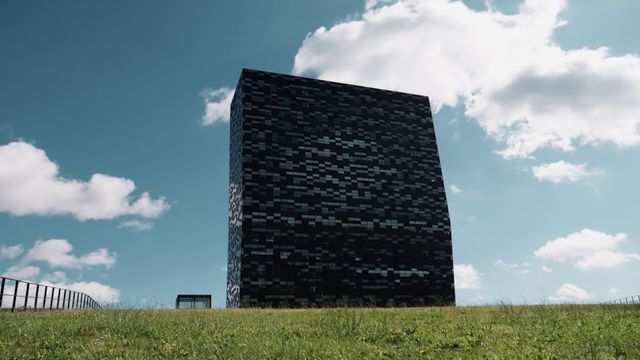 The unusual FiftyTwoDegrees building, built for Philips
The unusual FiftyTwoDegrees building, built for Philips
1985 – 2006: “The Philips Cathedral”
In the mid-1980s, investments were made for a large chip factory, known by locals as the “Philips Cathedral.” Innovation of both products and production technology gave Philips Nijmegen a place in the world of sub-micron technology and micro-memories. However, the billion-pound mega-project was interrupted by the losses incurred by NV Philips in the late 1980s. As part of Operation Centurion, the Nijmegen project, which had aimed to conquer the world market for memory chips, had to come to an abrupt halt, regardless of the consequences for jobs and invested capital. A few years later, Philips Nijmegen managed to put “the Cathedral” back into business by producing new types of semiconductors in which the innovative submicron technology could be applied on a large scale. The semiconductor production in Nijmegen, one of the largest in Europe, was divested by Philips in 2006 and came into the hands of NXP, Next eXPerience.
Immerse yourself in the rich history of the oldest city in the Netherlands, because Nijmegen has a lot of stories to tell you. Curious? You can read all about it in this historical timeline.
